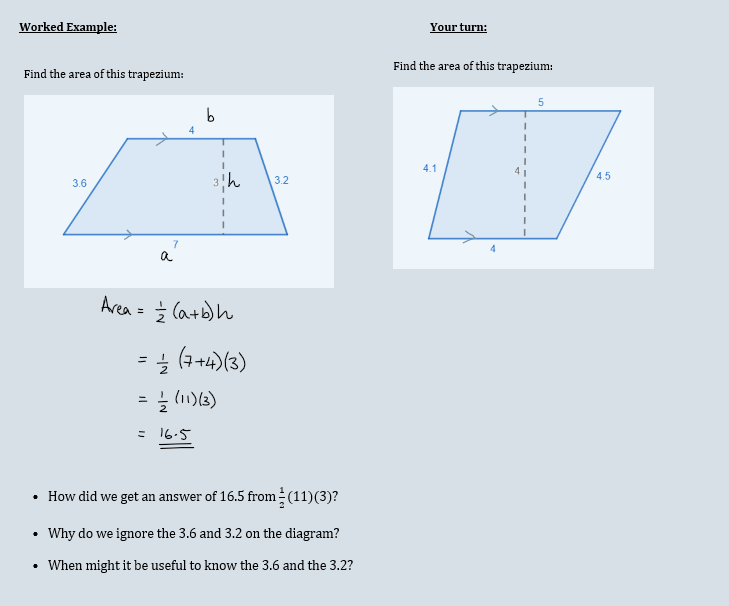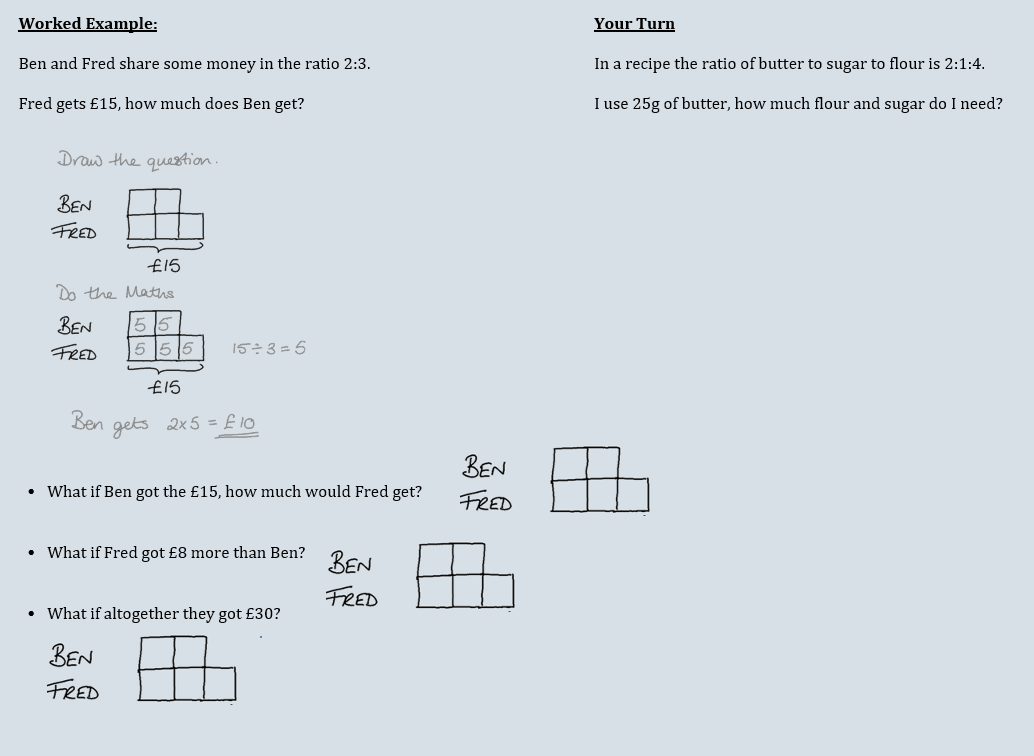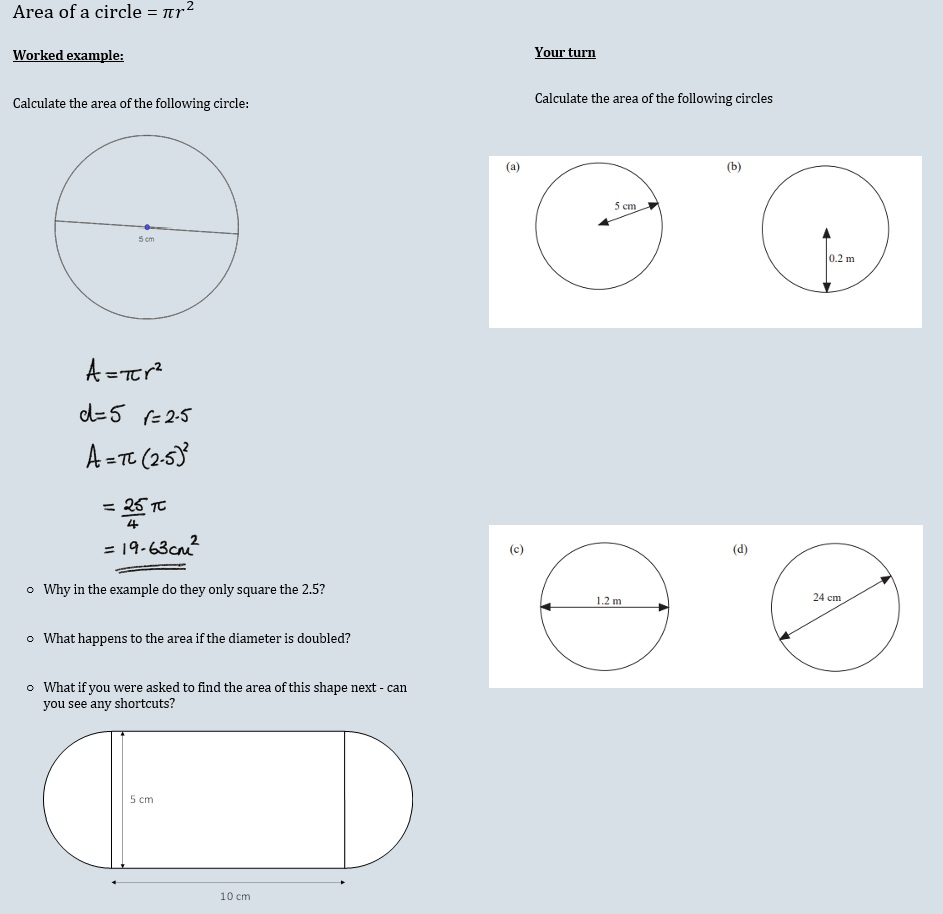




So this time I tried to focus on the "what if"In my own teaching I lately find myself relying a lot on "what if" questions to generate generalizations. As in, "what if instead of x = 2 it had been x = 3" and things of that sort. Ping me if you want to think about an example together?
— Michael Pershan (@mpershan) April 19, 2021

